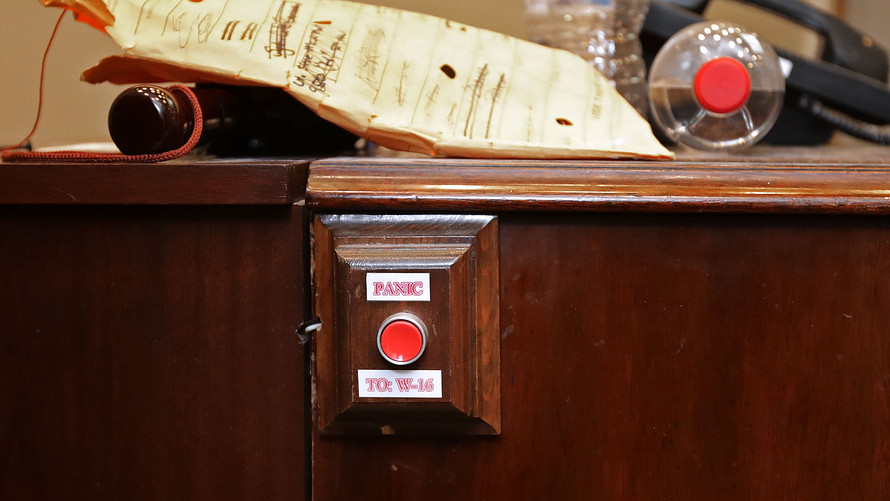
Stocks ended last week on an ugly note, falling sharply Friday as the Dow Jones Industrial Average joined the S&P 500 and Nasdaq Composite in correction territory. But contrarians looking for signs of the sort of panic that typically mark stock-market bottoms were left disappointed, said one prominent chart watcher.
“With the SPX SPX, -2.08% at its lowest closing level since the autumn high, we remain concerned that sentiment and liquidation readings haven’t been more robust,” said Jeff deGraaf, chairman of Renaissance Macro Research, in a Monday note. “Despite Friday’s gnarly tape, the put/call ratio was a modest 1.04 with a TRIN reading of 1.27 (see chart below), hardly the readings associated with panic selling.”

The TRIN, or Arms Index, is based on the ratio of advancing versus declining stocks. A spike in the TRIN above 2.0 is seen as a sign of panic selling. Likewise, a jump in the put/call ratio—the number of puts, instruments that give holders the right but not the obligation to sell a security as a set prices, versus the number of calls, which give holders the right but not the obligation to buy—can also signal capitulation, clearing out so-called weak hands and providing room for prices to rise.
The selloff left the S&P 500 with its lowest close since April 2, while the Dow DJIA, -2.11% ended at its lowest since May 3. Friday’s close left the S&P 500, Dow and Nasdaq Composite Index COMP, -2.27% with the worst start to a December since 1980. Stocks extended their decline in Monday trade.
Stocks have been under pressure since early October even as underlying U.S. economic data have remained relatively robust. DeGraaf said it might take data that confirms those market fears to begin to set the stage for a recovery by stocks.
“We’ll feel better about a bottom forming when data points give participants justification for the market’s weakness,” he wrote, arguing that a “bearish data point,” such as jobs, industrial production, retail sales, etc., “would start to move the needle more favorably.”

